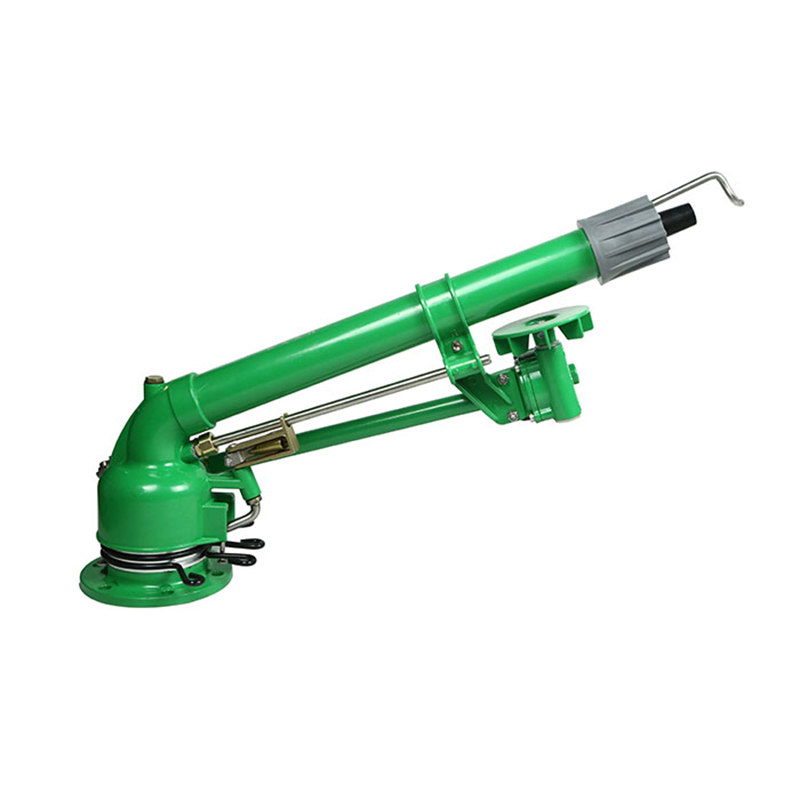Emerging technologies and advancements in spray gun design and application methods are continually evolving to improve efficiency, precision, and sustainability in coating processes. Some notable developments include:
- Digital Spray Control Systems: Advanced digital control systems allow for precise control over spray parameters such as flow rate, pressure, and pattern. These systems may incorporate sensors and actuators to automatically adjust spray parameters in real-time, optimizing coating application and reducing material waste.
- Electrostatic Spray Coating: Electrostatic spray guns apply an electrostatic charge to coating particles, resulting in improved transfer efficiency and reduced overspray. This technology is increasingly used in automotive, aerospace, and industrial applications to achieve uniform coatings with minimal material consumption.
- Robotics and Automation: Integration of spray guns with robotic systems enables automated coating processes for complex geometries and large-scale production. Robotic spray systems offer high repeatability, precision, and efficiency, reducing labor costs and improving productivity in industries such as automotive manufacturing and aerospace.
- Powder Coating Technologies: Advances in powder coating technology have led to the development of new formulations and application methods, including electrostatic powder spraying and fluidized bed coating. Powder coatings offer environmental benefits, such as reduced VOC emissions and improved durability, making them increasingly popular in various industries.
- Nanotechnology Coatings: Nanotechnology-based coatings, such as nanostructured thin films and nanoparticles dispersed in coatings, offer enhanced properties such as improved adhesion, corrosion resistance, and scratch resistance. Spray guns equipped with specialized nozzles and delivery systems enable precise application of nanocoatings for various applications.
- UV-Cured Coatings: UV-curable coatings are cured instantly upon exposure to ultraviolet (UV) light, offering rapid curing times and energy savings compared to conventional curing methods. UV spray systems utilize UV lamps integrated with spray guns to apply and cure coatings in a single step, enhancing production efficiency and reducing downtime.
- Selective Coating and Masking Techniques: Advanced masking technologies, such as laser masking and robotic masking systems, enable precise application of coatings to specific areas while protecting adjacent surfaces. These techniques are particularly useful in industries such as electronics manufacturing, where selective coating is required for components and circuitry.
- Smart Coating Systems: Smart coatings incorporate functional additives such as self-healing agents, spray gun antimicrobial agents, or corrosion inhibitors to provide additional functionalities beyond traditional protective coatings. Spray guns equipped with smart coating delivery systems enable controlled deposition of these functional coatings for various applications, including aerospace, healthcare, and infrastructure.
- Green Coating Technologies: With increasing emphasis on sustainability and environmental responsibility, there is growing interest in eco-friendly coating technologies such as water-based coatings, bio-based coatings, and low-VOC formulations. Advanced spray gun designs and application methods are being developed to optimize the performance of green coatings while minimizing environmental impact.
- Augmented Reality (AR) and Virtual Reality (VR) Systems: AR and VR technologies are being integrated into spray gun training and simulation systems to provide immersive learning experiences and enhance operator proficiency. These systems enable operators to visualize and practice spray techniques in virtual environments, improving skills and reducing errors in real-world applications.
Overall, these emerging technologies and advancements in spray gun design and application methods are driving innovation in coating processes, offering improved efficiency, precision, and sustainability across various industries.
